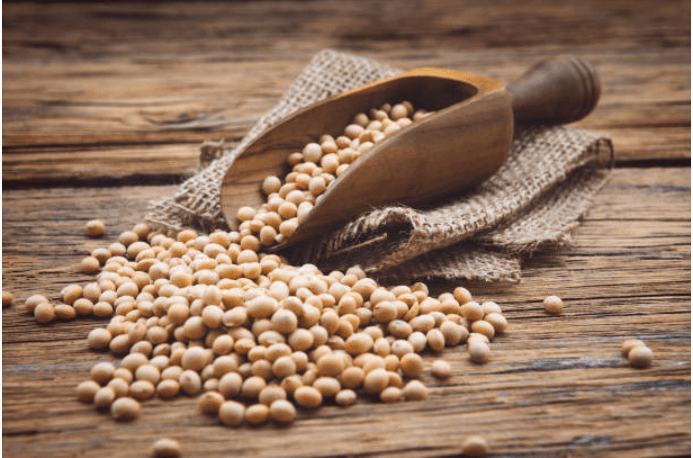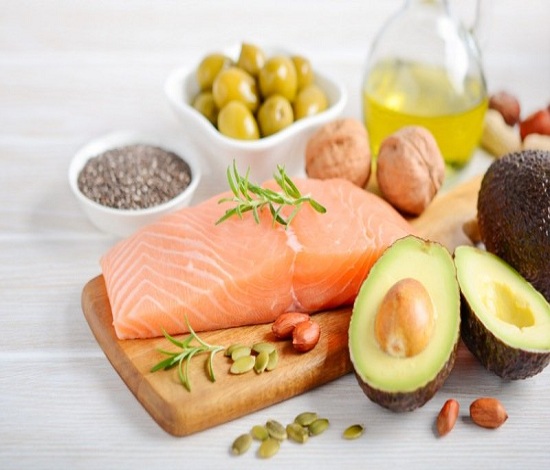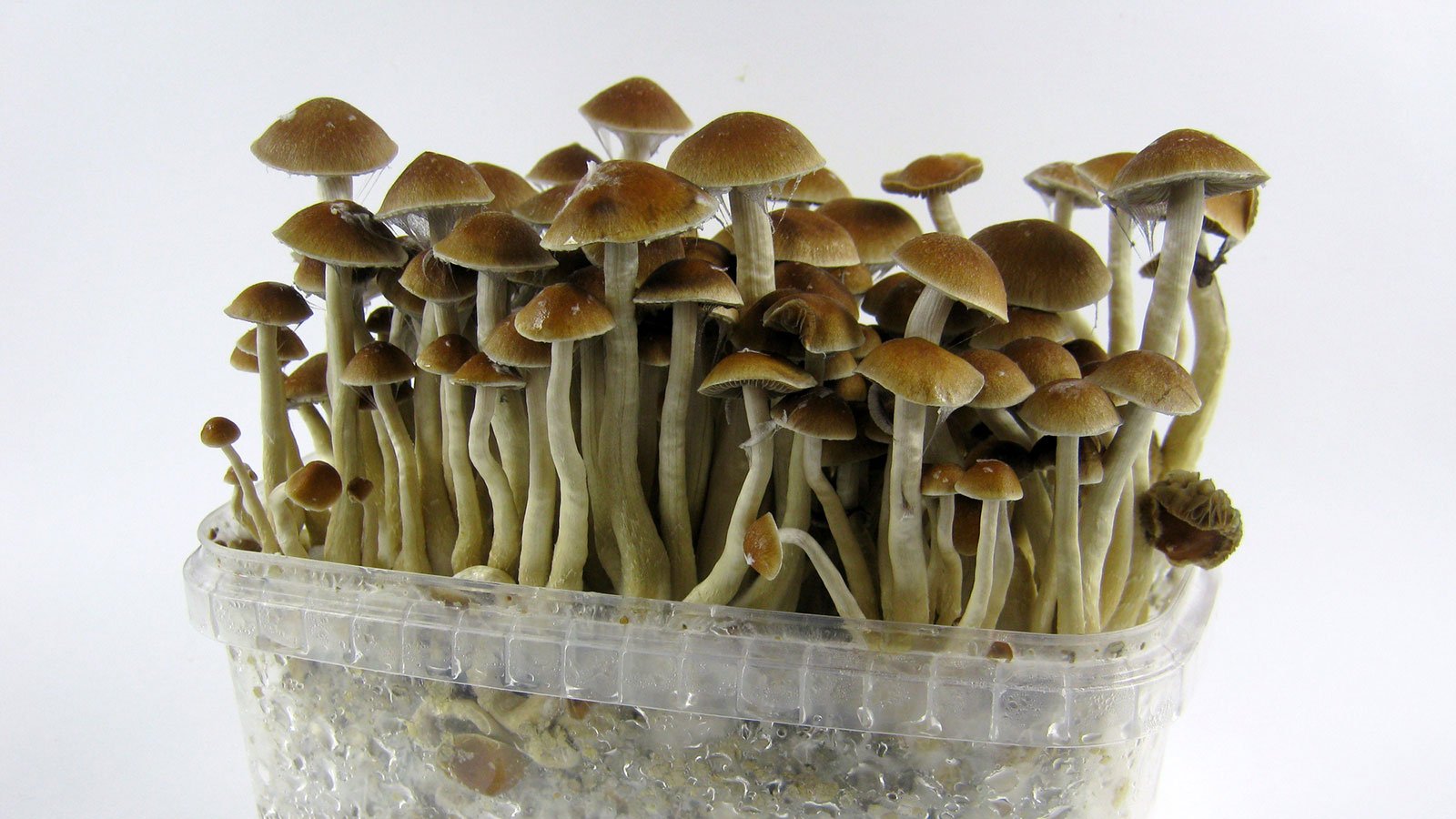Protein is an essential part of a healthy diet for humans. Most of the protein we eat comes from animals, but there are ways to get the same amount of protein from plants with a smaller ecological footprint. Understanding how plant, fungal, algal, and insect protein can replace more expensive and inefficient animal-based sources is made possible by Sustainable Protein Sources.
New Trends in Sustainable Protein Sources
Protein can be made from various plants and plant components (such as seeds and leaves). Traditional plant-based protein sources like soy and wheat exist alongside newer alternatives. The use of agricultural byproducts (for example, press cakes of oil production) and non-plant sources have been the subject of recent research for sustainable protein (e.g., mycoproteins).
This article is about sustainable protein sources and details how consuming plant and alternative proteins is good for the planet, the population, and current eating habits.
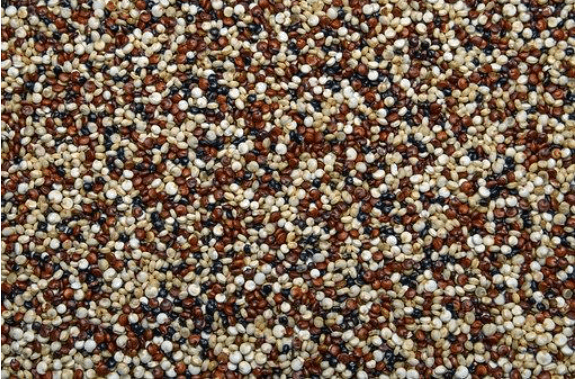
Soy Beans
Soy Beans and other legumes are fantastic vegetable protein sources. There are 14 grams of protein in a cup of black beans, soybeans, or kidney beans and 12 grams in a cup of chickpeas.
Planting beans and legumes can increase soil fertility where they are grown and reduce the water needed to raise beef by a quarter.
Chia Seeds
The chia seed is a crop that requires little water and may be used in various ways. They offer a lot of protein to dishes, with 4 grams per ounce.
Seeds and Nuts
Our World in Data highlights that nut production results in positive net land use. This is because croplands are displaced by nut trees, which typically do not retain carbon. With 38 grams of protein per cup, peanuts easily surpass even ground beef in nut protein content.
Lentils
Brown, green, red, yellow, and specialty lentils are the four most common varieties, and they range in size and flavor profile. Lentils of all varieties are exceptionally high in protein; one cup of cooked lentils provides roughly 17 grams of protein. The production of nitrogen fertilizer is decreased by lentils and other pulses, which require little water and generate their own.
2. Fungal Protein Sources
The fungi are distinct from plants and animals, including macro fungi like mushrooms, molds, and yeasts.
Recent efforts in the field have centered on the cultivation and characterization of vegetative mycelia with protein levels ranging from 9 to 45%, typically utilized as meat substitutes in human diets. Tempeh and QuornTM, a meat replacement made from the mycelium of Fusarium venenatum, both have an average protein content of 45% and a Protein Digestibility-Corrected Amino Acid Score (PDCAAS) of 0.91.
Like other proteins produced by rapidly dividing cells, mycoprotein contains many ribonucleic acids (RNA). Since consuming too much food high in RNA might cause health issues like gout, lowering the RNA content by heat treatment is essential.
The idea of using fungus as a dietary protein source is not new. Low land usage is one benefit because rapid metabolism in bioreactors is used for cultivation. Submerged fermentation of fungus in a liquid culture medium is the principal production method for commercialized mycoprotein products.
Despite mycoprotein potential as a non-meat protein source, there are still obstacles, primarily related to production costs. Solid-state fermentation of agro-industrial leftovers for the generation of vegetative mycelia is a viable technique, as is the exploration of other unknown microorganisms, fermentation conditions, and different possible substrates.
3. Aquatic and Terrestrial Green Biomass

Many recent publications demonstrate the current interest in studying proteins found in green biomass, including plants like leaves, seaweed, microalgae, and aquatic plants. Green biomass has many benefits as a protein source, including its wide availability, high protein yields per hectare, medium to high protein levels (12%-70%), and rapid protein buildup. However, because of the high-water contents, the raw materials quickly deteriorate, or the need for processing in areas close to the growing areas arises.
The green color of the products, the presence of identifiable off-flavors, and the difficulty in fractionating green biomass into protein-rich components due to strong cell walls are the key challenges for commercial exploitation.
Additionally, several antinutritive chemicals are present, such as phytic acids, tannins, or oxalic acids, that must be depleted during fractionation, and the composition of the raw materials is tremendously varied depending on the source and growing conditions. Green biomass proteins, like ribulose-1,5-biphosphate carboxylase/oxygenase, are primarily structural and physiologically active (rubisco).
4. Oil Seeds
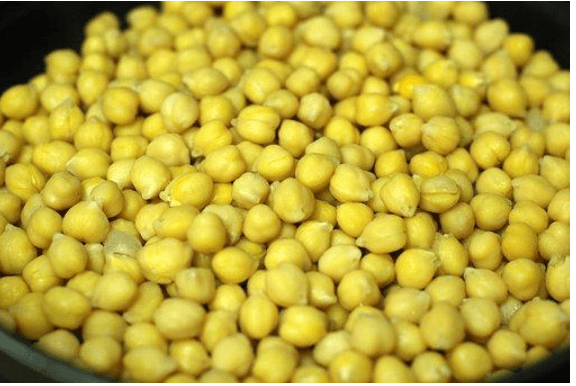
Using press cakes or de-oiled flours made from dehulled kernels as functional protein flours is the simplest and most sustainable way to incorporate oilseed protein into meals. Still, antinutrient substances like phytic acid or polyphenols mean they aren’t widely used in food. Aqueous ethanol extraction can decrease polyphenol levels, leading to higher protein concentrations (up to 80%) and enhanced flavor profiles.
Protein synthesis necessitates a de-oiling phase, often accomplished using solvent extraction. Concentrates or isolates of oilseed proteins can be obtained using water fractionation. Canola and sunflower protein products have been investigated for a long time, but only recently have there been concerted efforts to improve their sensory and physicochemical qualities.
Final Thought
Cutting meat consumption and replacing it with plant-based protein sources could help Europe’s food supply last into the future. The hardest part of realizing this potential will be changing people’s mindsets. To what extent can we convince individuals to abandon their meat-eating habits, and how can we urge them to try new foods?

